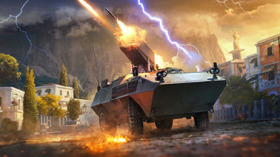
- For PC
- For MAC
- For Linux
- OS: Windows 10 (64 bit)
- Processor: Dual-Core 2.2 GHz
- Memory: 4GB
- Video Card: DirectX 11 level video card: AMD Radeon 77XX / NVIDIA GeForce GTX 660. The minimum supported resolution for the game is 720p.
- Network: Broadband Internet connection
- Hard Drive: 17 GB
- OS: Windows 10/11 (64 bit)
- Processor: Intel Core i5 or Ryzen 5 3600 and better
- Memory: 16 GB and more
- Video Card: DirectX 11 level video card or higher and drivers: Nvidia GeForce 1060 and higher, Radeon RX 570 and higher
- Network: Broadband Internet connection
- Hard Drive: 95 GB
- OS: Mac OS Big Sur 11.0 or newer
- Processor: Core i5, minimum 2.2GHz (Intel Xeon is not supported)
- Memory: 6 GB
- Video Card: Intel Iris Pro 5200 (Mac), or analog from AMD/Nvidia for Mac. Minimum supported resolution for the game is 720p with Metal support.
- Network: Broadband Internet connection
- Hard Drive: 17 GB
- OS: Mac OS Big Sur 11.0 or newer
- Processor: Core i7 (Intel Xeon is not supported)
- Memory: 8 GB
- Video Card: Radeon Vega II or higher with Metal support.
- Network: Broadband Internet connection
- Hard Drive: 95 GB
- OS: Most modern 64bit Linux distributions
- Processor: Dual-Core 2.4 GHz
- Memory: 4 GB
- Video Card: NVIDIA 660 with latest proprietary drivers (not older than 6 months) / similar AMD with latest proprietary drivers (not older than 6 months; the minimum supported resolution for the game is 720p) with Vulkan support.
- Network: Broadband Internet connection
- Hard Drive: 17 GB
- OS: Ubuntu 20.04 64bit
- Processor: Intel Core i7
- Memory: 16 GB
- Video Card: NVIDIA 1060 with latest proprietary drivers (not older than 6 months) / similar AMD (Radeon RX 570) with latest proprietary drivers (not older than 6 months) with Vulkan support.
- Network: Broadband Internet connection
- Hard Drive: 95 GB
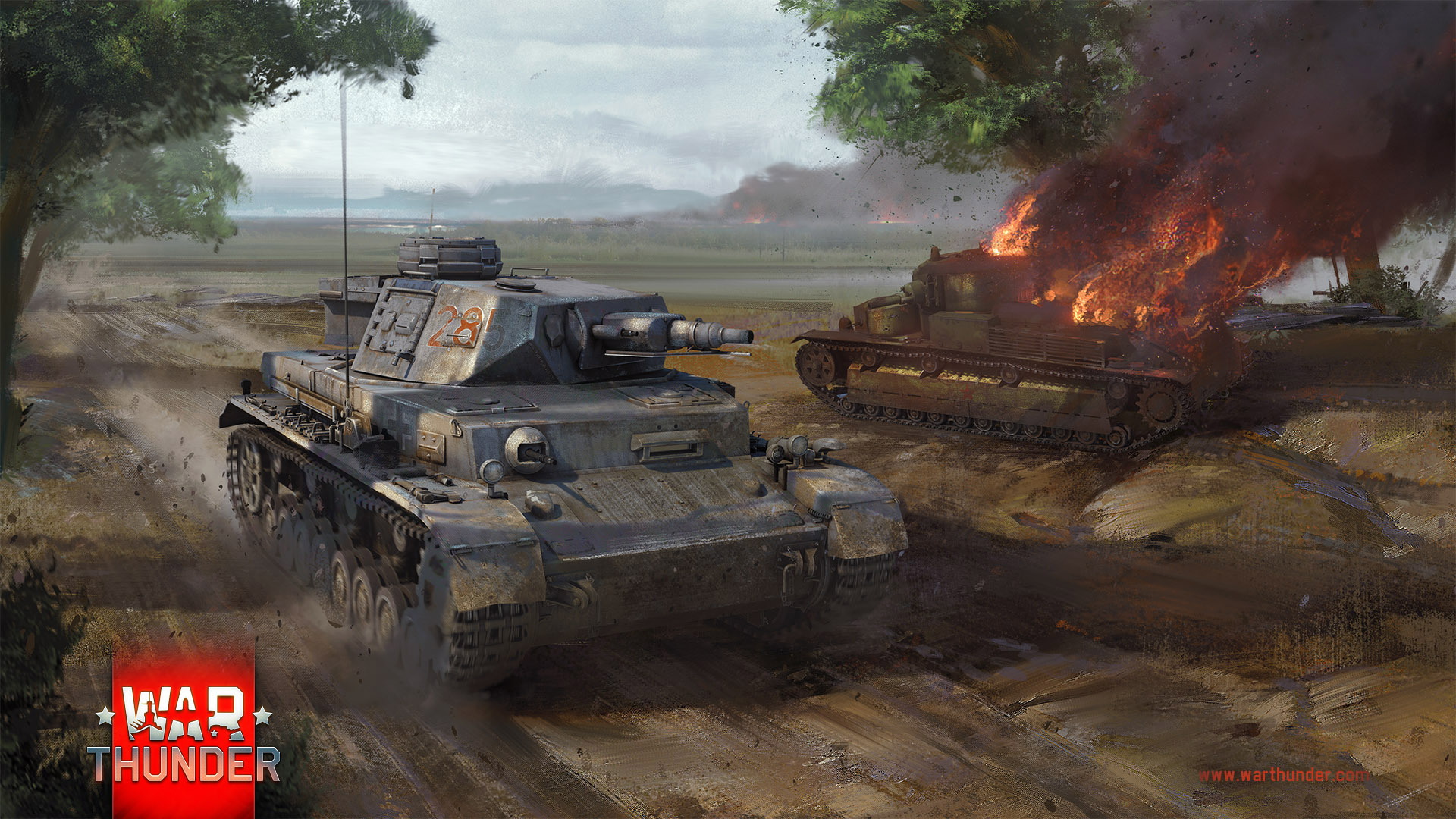 |
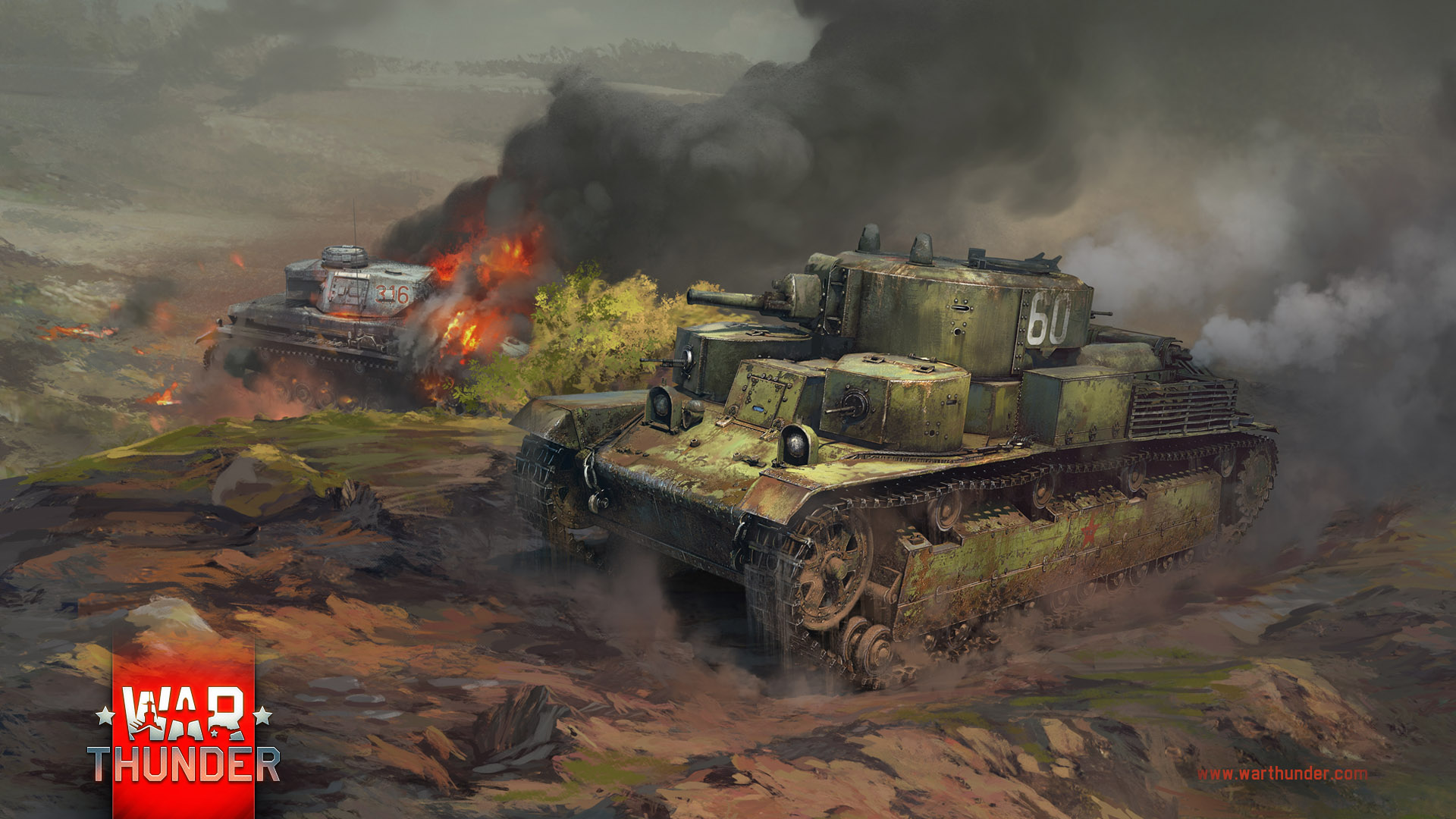 |
| 1280x1024 | 1920x1080 | 1280x1024 | 1920x1080 |
From 16.00 GMT on August 29th to 02.00 GMT on September 1st
+30% RP gain for T-28 and Pz.Kpfw. IV Ausf. F1
Earn up to 200.000 Silver Lions for performing these special tasks:
Destroy 75 player-controlled enemy ground vehicles while driving the Pz.Kpfw.IV Ausf. F1
Destroy 75 player-controlled enemy ground vehicles while driving the T-28
T-28
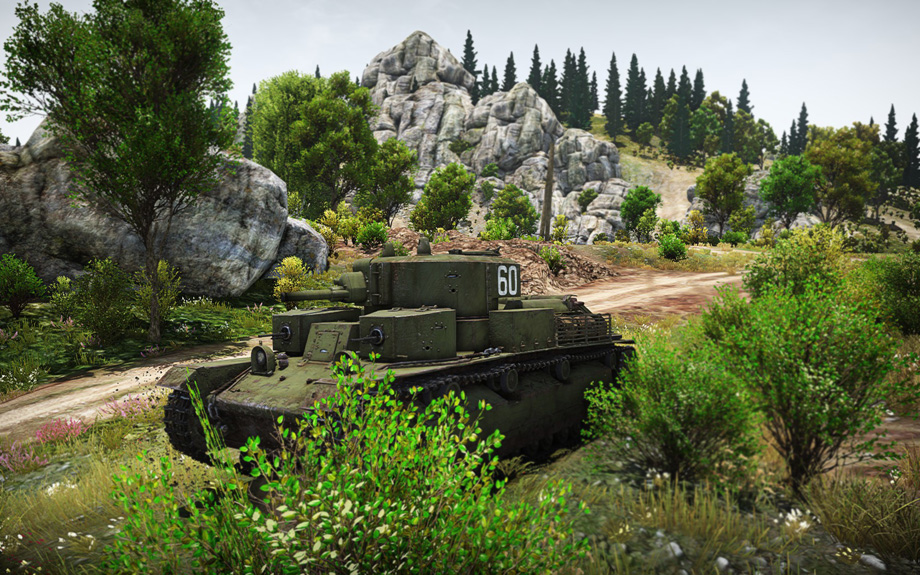 In the second half of the 1920’s the Soviet Union began to develop and eventually introduce the theory of the so-called ‘Deep Battle’ as the main doctrine of war. A feature of this doctrine was the idea of maneuvering in large formations of highly mobile forces, centered around the heavily armoured forces at the core. Within this paradigm, in 1929, the Revolutionary Military Council of the USSR adopted a new command system for motorized forces of the Red Army. According to the plans of the system and the theory of ‘Deep Battles’, it was supposed to equip the armoured forces with two types of vehicles: heavy tanks capable of breaking through enemy defensive lines, and lighter tanks to develop this initial tactical success.
In the second half of the 1920’s the Soviet Union began to develop and eventually introduce the theory of the so-called ‘Deep Battle’ as the main doctrine of war. A feature of this doctrine was the idea of maneuvering in large formations of highly mobile forces, centered around the heavily armoured forces at the core. Within this paradigm, in 1929, the Revolutionary Military Council of the USSR adopted a new command system for motorized forces of the Red Army. According to the plans of the system and the theory of ‘Deep Battles’, it was supposed to equip the armoured forces with two types of vehicles: heavy tanks capable of breaking through enemy defensive lines, and lighter tanks to develop this initial tactical success.
The first type of tanks in the Soviet Union that were designed to support infantry and overcome defensive positions on the battlefield, were the T-28 and the T-35.
The medium multi-turreted T-28 begun development in 1931 at the Experimental Design Mechanical Department (OKMO) machine-building plant "Bolshevik" in Leningrad. The lead designer of the vehicle was Nickolay Valentinovich Zeitz.
One of the main features of this three-turreted tank was the use of an electric drive for the horizontal traverse of the main turret. The prototype, at a weight of 18 tons, brought reasonable maneuverability and was armed with a 45-mm main gun as well as three machine-guns. However, due to the heavy workload of the production plant "Bolshevik", the T-28 with all of its documentation was transferred over to the "Krasny Putilovets" factory, which was later renamed as the "Kirov Plant". The Design Bureau had taken steps to improve the combat capabilities of the T-28, with engineers from Putilovets changing the shape of the turret and mounting a new cannon, the 76.2 mm L-10. Additional changes were made regarding the chassis and transmission compartment, with the weight of the tank increasing significantly - in some versions, e.g. the shielded T-28E, up to 32 tons. As of 1940, about 500 tanks had been produced.
At the beginning of the war, the T-28 was already hopelessly outdated, although the main armament still was sufficient against all tanks of the German Wehrmacht. The main losses of T-28 were due to the air superiority of the Luftwaffe and its dive bombers, as well as the German 88 mm anti-aircraft gun, capable of destroying any tank of the Red Army.
Pz.Kpfw. IV Ausf. F1
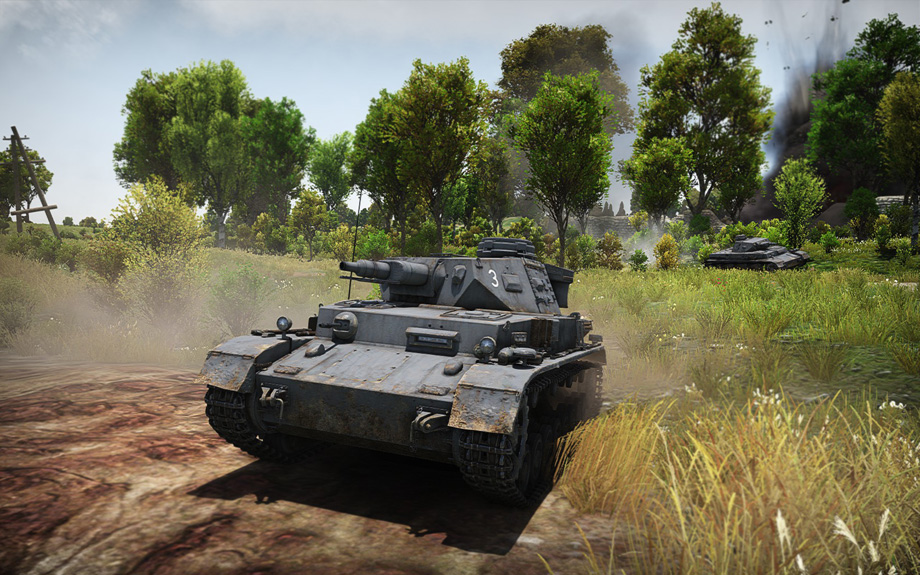 The Pz.Kpfw. IV Ausf. F1 is a modification of Germanys mass-produced Panzerkampfwagen IV, or Sd.Kfz. 161, which was in production between 1937 and 1945, with a total of 8519 vehicles created. Despite being less-well known than famous German war machines like the Tiger or Panther, the Pz.Kpfw. IV was the most important German armoured fighting vehicle in the second part of the war. It’s chassis was also used as a basis for many other German vehicles.
The Pz.Kpfw. IV Ausf. F1 is a modification of Germanys mass-produced Panzerkampfwagen IV, or Sd.Kfz. 161, which was in production between 1937 and 1945, with a total of 8519 vehicles created. Despite being less-well known than famous German war machines like the Tiger or Panther, the Pz.Kpfw. IV was the most important German armoured fighting vehicle in the second part of the war. It’s chassis was also used as a basis for many other German vehicles.
As a medium infantry support tank, the Pz.Kpfw. IV Ausf. F1 was - compared to earlier modifications - equipped with slightly thicker overall armour, which was now as follows: up to 50 mm on the upper frontal hull and frontal turret and up to 30 mm on the turret and hull sides. That way, it offered increased protection against Soviet light tanks and gun positions and increased the vehicles effectiveness when breaching enemy fortified infantry positions.
Main features of this modification besides the increase in armour were the replacement of the single hatch on each side of the turret with a double hatch, as well as an increase in track width from 360 mm to 400 mm. The increased track width was necessary due to the increase in weight to now 22.3 tons.
This type of tank was manufactured by the companies “Krupp”, "VOMAG" and "Nibelungenwerke". The tank was equipped with a 12-cylinder «Maybach HL 120TR» petrol engine with 300 HP, allowing a maximum speed of 42 kph at an operational range of 320 km.
The Pz.Kpfw. IV Ausf. F1 was armed with a 75 mm short-barreled Kw.K. 37 L/24, achieving a muzzle velocity of 385 m/s with armour-piercing projectiles. Most shells of this gun were incapable of penetrating the majority of British and American tanks, not to mention the Soviet T-34 and KV.
Production of the Pz.Kpfw. IV Ausf. F1 was carried out from April 1941 to March 1942, with 462 vehicles produced in total, of which 25 were later upgraded to the long-barreled Pz.Kpfw. IV Ausf F2. In addition to its main gun, the tank was armed with two 7.92 mm MG34 machine guns.
Between 1941 and 1944, the Pz.Kpfw. IV Ausf. F1 participated in battles on the entirety of the Eastern Front. Tanks of this type were assigned to units of the 2nd and 5th Panzer Divisions.
The War Thunder Team
